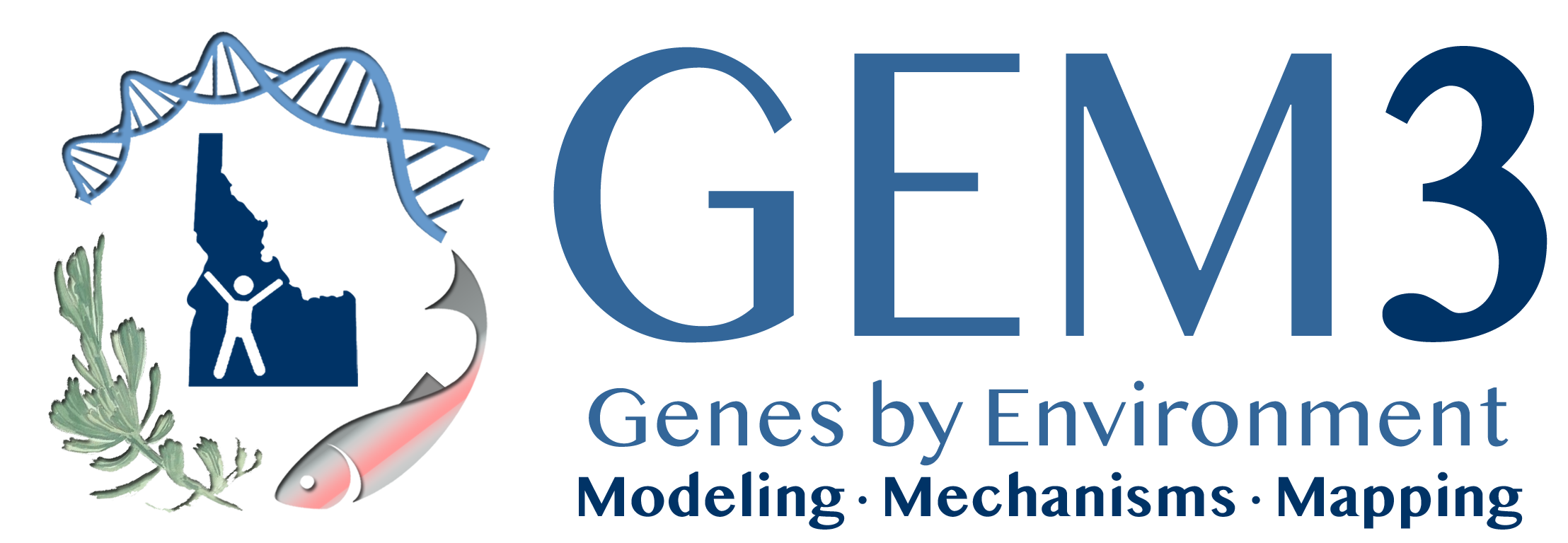How intensely animals use habitat features depends on their functional properties (i.e., how the feature influences fitness) and the spatial and temporal scale considered. For herbivores, habitat use is expected to reflect the competing risks of starvation, predation, and thermal stress, but the relative influence of each functional property is expected to vary in space and time. We examined how a dietary and habitat specialist, the pygmy rabbit (Brachylagus idahoensis), used these functional properties of its sagebrush habitat—food quality, security, and thermal refuge—at two hierarchical spatial scales (microsite and patch) across two seasons (winter and summer). At the microsite and patch scales, we determined which plant functional traits predicted the number of bites (i.e., foraging) by pygmy rabbits and the number of their fecal pellets (i.e., general habitat use). Pygmy rabbits used microsites and patches more intensely that had higher crude protein and aerial concealment cover and were closer to burrows. Food quality was more influential when rabbits used microsites within patches. Security was more influential in winter than summer, and more at Cedar Gulch than Camas. However, the influence of functional properties depended on phytochemical and structural properties of sagebrush and was not spatiotemporally consistent. These results show function-dependent habitat use that varied according to specific activities by a central-place browsing herbivore. Making spatially explicit predictions of the relative value of habitat features that influence different types of habitat use (i.e., foraging, hiding, and thermoregulating) will improve how we predict patterns of habitat use by herbivores and how we monitor and manage functional traits within habitats for wildlife.
Sagebrush (Artemisia spp.) morphotypes (i.e., patch types) at two study sites in Idaho, USA (a): Camas (b) and Cedar Gulch (c). Patches were selected in a stratified random design based on the distance from active pygmy rabbit (Brachylagus idahoensis) burrows (i.e., distance strata)
| GEM3 author(s) | |
| Year published |
2022
|
| Journal |
Ecology and Evolution
|
| DOI/URL | |
| Mentions grant |
Yes
|
